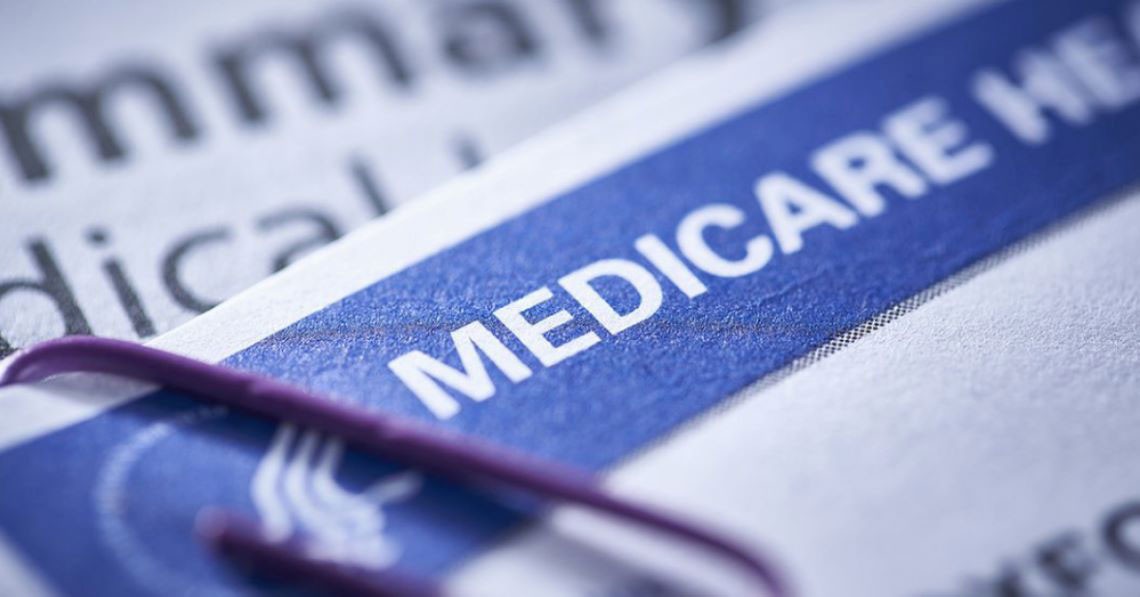Staying Fit
Yes, Medicare covers mammograms under Part B, but coverage and costs vary based on the type of mammogram: baseline, screening or diagnostic.
A mammogram is an X-ray of the breast to detect cancer. You can receive an initial screening, also called a baseline mammogram, and annual screenings. Your doctor may order a more comprehensive diagnostic image, particularly if a lump in the breast or another indication of cancer is detected.
Breast cancer accounts for about 1 in 3 of all new cancers in women each year and is the second most common type of cancer for women in the United States. Skin cancer is first.
The median age of women’s breast cancer diagnoses is 63 — half the cases occur earlier and half later. But a woman’s highest risk of developing breast cancer within the following 10 years happens in her 70s, according to the National Cancer Institute. A woman has a 1 in 8 chance of getting breast cancer in her lifetime.


AARP Membership— $12 for your first year when you sign up for Automatic Renewal
Get instant access to members-only products and hundreds of discounts, a free second membership, and a subscription to AARP the Magazine.
Medicare emphasizes early detection and will cover:
- One baseline mammogram for women 35 to 39
- One screening mammogram every year for women 40 and older
- More diagnostic mammograms each year for women or men if medically necessary
Almost 14 percent of Medicare beneficiaries are younger than 65. Most become eligible for Medicare two years after they start receiving Social Security disability benefits.
How much do mammograms cost with Medicare?
Screening mammograms cost less under Medicare than diagnostic mammograms, which your doctor may prescribe if you have a lump or other signs of breast cancer.
Medicare Part B covers screening mammograms, including baseline mammograms, as a free preventive service. You won’t pay a deductible or copayment for the screening as long as your doctor accepts Medicare assignment.
These preventive mammograms are for women with no symptoms or history of breast cancer. A physician’s referral is not required for a screening mammogram, which is performed using digital 2D or tomosynthesis 3D imaging. In women with dense breast tissue, tomosynthesis may be better at detecting cancer and lower the potential for false positives.
Women and men receive diagnostic mammograms if they show symptoms of breast disease, have a personal history of breast cancer or display other warning signs. Typically, doctors will order a diagnostic mammogram if they detect a lump in the breast or to follow up on a suspicious finding after a screening mammogram.
Screening and diagnostic mammograms are usually done on the same machine, but diagnostic mammograms often require additional images and a radiologist typically reads them immediately, according to Molly Guthrie, vice president of public policy and advocacy at the Susan G. Komen Foundation.



































































More on Medicare
8 Medical Checkups You May Regret Putting Off Any Longer
It's time to book the doctor's appointments and health screenings you skipped during the pandemic
A Do-It-Yourself Massage Plan for Head-to-Toe Tension Relief
An expert trainer gives you 6 ways to 'roll away pain'
Most Common COVID-19 Symptoms That Won't Go Away
Long-term effects of coronavirus infections last months for many survivors, a new study suggests